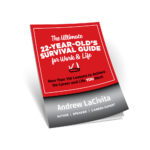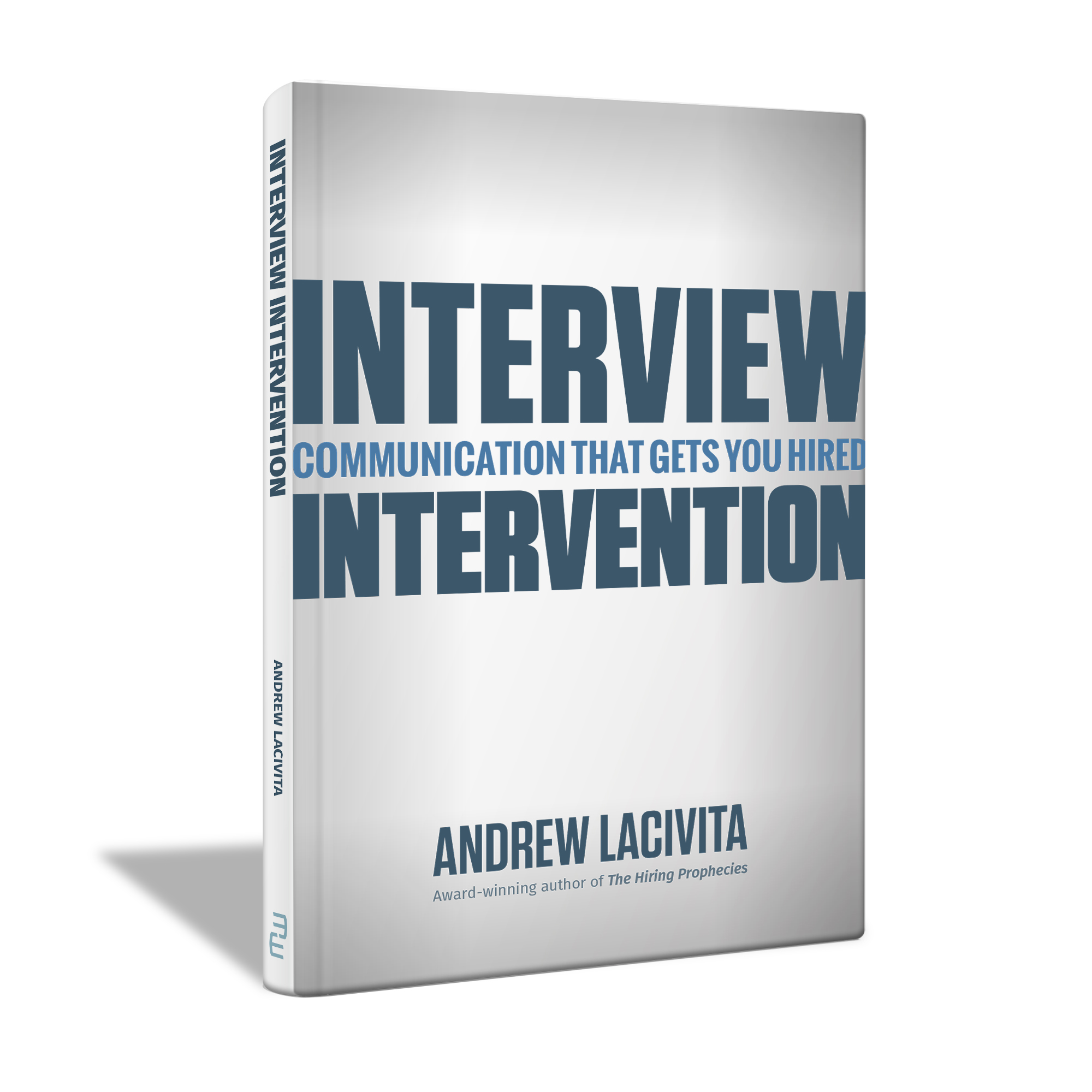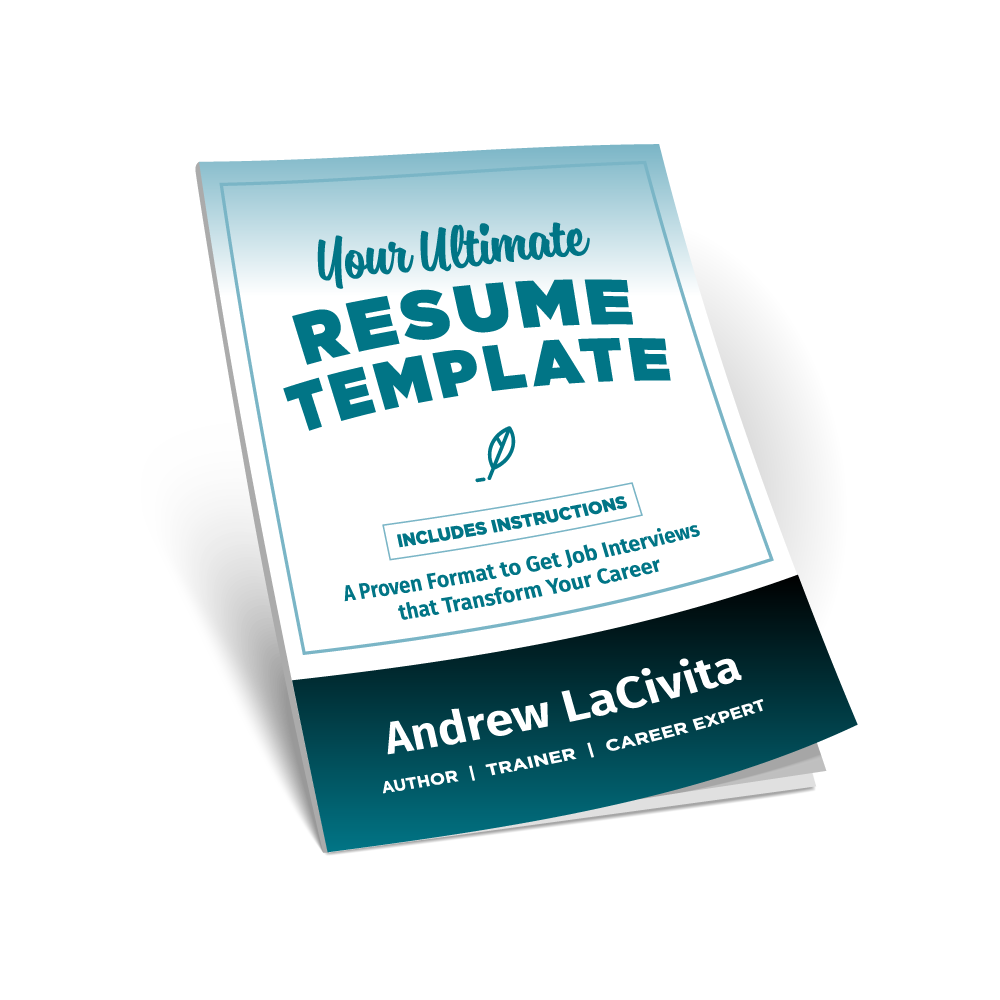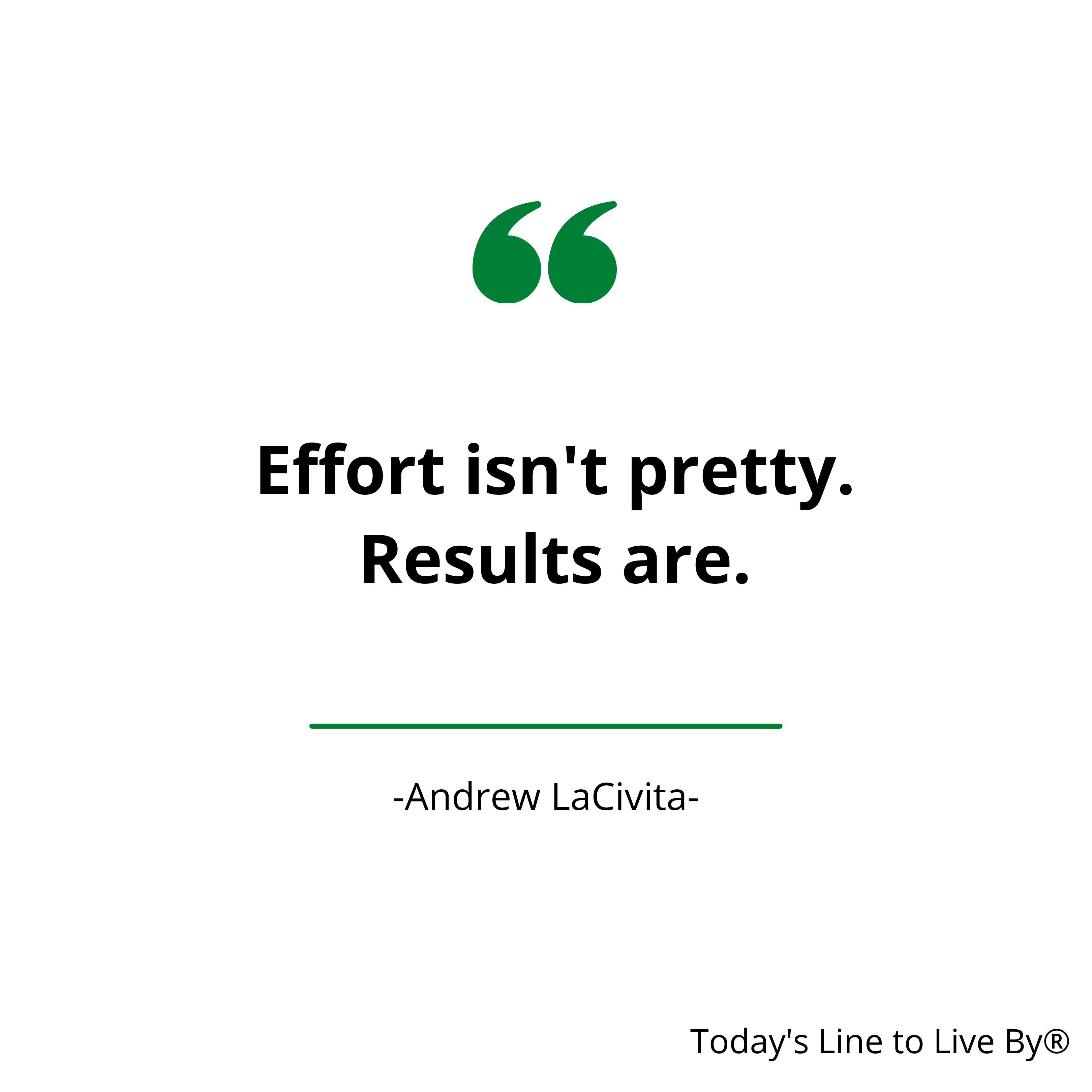Social Power. Klout Score. True Reach. Network Influence. Amplification Probability. Does any of this really matter? It only matters to people who blog or tweet for a living. If you have no idea what I just said, feel free to give me an eye roll and keep reading…
What can matter, however, is your social platform. Like it or not, if you have a LinkedIn, Facebook, or Twitter account, you have a platform. It might be empty or, worse, in need of a shower. From a defensive perspective, you can clean it up using the tips from that previous article. But, how can you make the social media world work for you?
Whether you’re a job seeker, business owner, entertainer, blogger, speaker, or any of dozens of other professions, you can use these relational tools to build your credibility, share, learn, and impress would-be employers, customers, or anyone else who might be important to you. Let’s talk about how…
Show the world who you are and what you offer. The first element of building a solid reputation is simply showing people who you are and what you can share. Design your social profiles to let people into your world. All the major ones such as Twitter, Facebook (Public Pages), and LinkedIn allow you to include pictures and display an array of background information, audios, videos, and presentations.
Appear welcoming. Smile! Have fun with this. People respond to those who appear welcoming. Show the public you want to engage in insightful, respectful dialogue. Keep the Ray Ban’s off in your profile picture unless you work for Sunglass Hut or model eyewear.
Display a consistent image. I got a two-fer with one word—image—as in your overall image (appearance) and your images (pictures). You certainly don’t need to have a profile established on every major social media platform. If you do, however, it’s best to maintain a consistent personal brand across them. Use the same name format, picture, and background design. You want viewers to continually see the same brand so they become more comfortable. Take a peek at mine as an example. Across LinkedIn, Facebook, Twitter, Google Plus, andYouTube, you will see a consistent message, layout, and tagline (where appropriate).
Share your content and other material you find helpful. I’ve been at this for a while and generate weekly articles for my blog, LinkedIn, and other websites that syndicate my material (e.g., iris.xyz). If you’re beginning and don’t have much of your own material to share, circulate others’. Passing articles forward is not only a great way to share ideas, but it’s also a wonderful means to connect with like-minded people. On my Twitter platform, for example, I will follow 90% of the people that share any article I’ve written whether they follow me (back) or not. The fact is, sharing helps you build a following too.
Share consistently. As we mentioned in the previous two points, being consistent with your images and brand and sharing your material are important. There is combination of these two points that is extremely critical—share on a consistent basis. If you share one message every other day among these platforms, that will have the impact of one raindrop hitting a lake. You need to develop a consistent frequency in which you share your material and you can define what consistent means. It ought to be dependent on the amount of information you can circulate. When I started my social platform, I released three tweets per day, one blog post per week, and so forth. Now, I release 15-20 tweets per day along with two posts per week. I realize you have day job, so I don’t want you sitting in front of your computer to share at times your boss would find inappropriate. Look into scheduling tools. I use Hootsuite, but there are loads of them.
Engage in the discussion—it’s a dialogue not a monologue. If you toss it out there, you shouldn’t disappear. If someone is nice enough to engage with you and your posts, comment as frequently as you can. You certainly don’t need to respond to every single comment, but keep in mind you are building a relationship with others on these platforms. What kind of relationship will you have if there’s only one-way communication? Whatever you do, don’t become defensive if someone doesn’t agree with your viewpoint. If everyone agrees with you, you’re doing it wrong.
Give it away if you have it. As an extension of sharing your content, this is an enormous opportunity to practice digital generosity. Seek opportunities to give away (that means free—no tax deduction) anything you think will help the world. My examples might be extreme, but I want you to be aware of them so you can benefit. I offer a complimentary eBook of Interview Intervention to anyone who signs up for the milewalk newsletter. Over 50,000 people have already taken me up on this offer. I send a hardbound copy of The Hiring Prophecies to any Human Resources or Talent Acquisition professional (in the US) that takes the twenty seconds to email me. I know dozens of authors, speakers, and other professionals who offer free eBooks, workbooks, and other material of that ilk. It’s a great way to share helpful material with the world. Trust me, you get back what you give off.
I’d love to hear from you. What other suggestions do you have for building a strong social media platform and reputation?
You can also find wonderful tips and tricks related to life and work via my blogand the usual social spots at LinkedIn, Twitter, and Facebook.
As always, I give away a complimentary Interview Intervention eBook if you sign up for the milewalk newsletter on the front page of the milewalk Website!
In other exciting news, The Hiring Prophecies: Psychology behind Recruiting Successful Employees is now for sale…but…if you’re still reading this AND a Human Resources or Recruitment Professional AND located in the United States AND interested in a complimentary hardbound book to review, I will mail one to you! Email me at alacivita(at)milewalk(dot)com and it’s all yours. I believe in these concepts so much that I’m willing to put the $33.95 value in your hands for free.









Leave A Comment